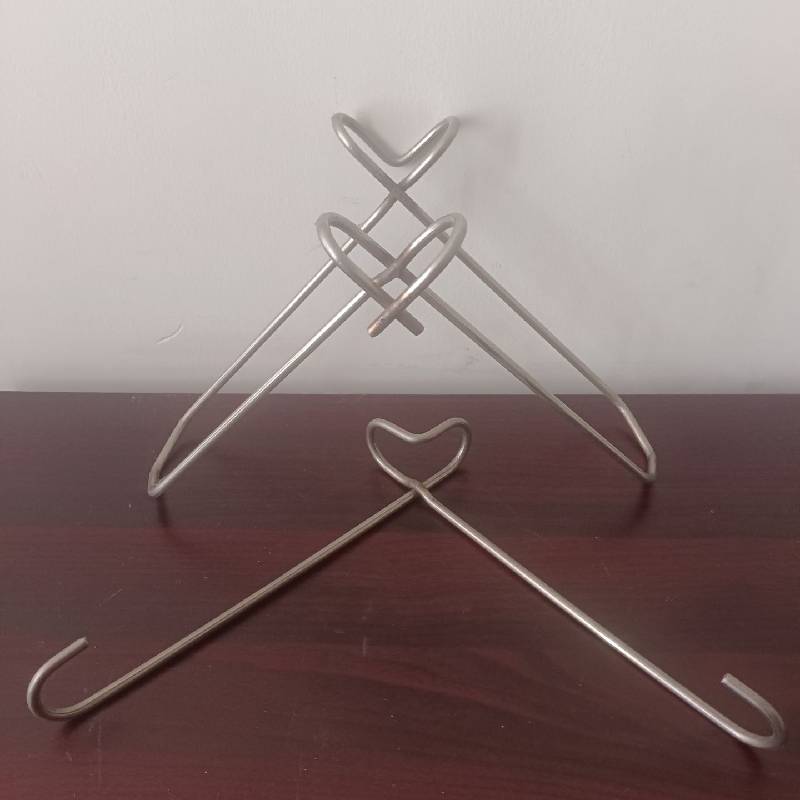
- Mobile Phone
- +8613931874955
- sales@cntcmetal.com
installing stucco lath
Installing Stucco Lath A Step-by-Step Guide
Stucco is a versatile and durable exterior finish that adds both character and protection to buildings. One of the critical components of a stucco system is the lath, which serves as a framework to support the stucco material. In this article, we'll discuss how to properly install stucco lath to ensure a long-lasting and weather-resistant finish.
Understanding Stucco Lath
Before diving into the installation process, it's essential to understand what stucco lath is. Typically made from materials like galvanized metal or plywood, lath provides a surface for the stucco to adhere to. The lath also creates a mechanical bond that enhances the stucco's resistance to cracking and peeling.
Tools and Materials Needed
To successfully install stucco lath, you’ll need the following tools and materials - Metal or fiber cement lath sheets - Fasteners (galvanized nails or screws) - A measuring tape - A chalk line - A utility knife - A hammer or power drill - A level - A safety mask and gloves
Step-by-Step Installation Process
1. Preparation of the Surface Ensure that the wall surface is clean, dry, and structurally sound. Remove any loose debris, paint, or old finish that might interfere with the lath adherence. If necessary, repair any damaged areas in the wall.
installing stucco lath

2. Measuring and Cutting Lath Measure the dimensions of the area to be covered. Cut the lath sheets to size using a utility knife. If you're using metal lath, be cautious as the edges can be sharp.
3. Marking Layout Guidelines Use a chalk line to mark horizontal and vertical lines on the wall. These lines will serve as guides for aligning the lath. Typically, lath should be staggered to prevent seams from aligning, which increases the risk of cracking.
4. Installing the Lath Begin at the bottom of the wall and work your way up. Position the lath against the wall, ensuring it is aligned with your marked guidelines. Secure the lath to the wall using galvanized nails or screws, spacing them about 16 inches apart along the edges and no more than 24 inches apart in the field. Make sure to fasten the lath tightly to the wall to prevent movement.
5. Sealing and Overlapping When installing multiple sheets of lath, overlap them by at least one inch to allow for proper drainage. Additionally, apply a moisture barrier if local building codes require it, aiding in preventing moisture build-up between the lath and the wall.
6. Final Inspection Once all the lath is installed, take a step back to inspect your work. Ensure that the lath is straight, secured properly, and doesn't have any gaps that could compromise the integrity of the stucco.
7. Ready for Stucco Application With the lath in place, you’re now ready for the application of the stucco. It’s advisable to apply a scratch coat first, allowing it to cure before adding the final finish coat. Follow manufacturer instructions or local building codes for the stucco application.
Conclusion
Installing stucco lath is a crucial step in achieving a durable and aesthetically pleasing stucco finish. By following these guidelines, you can ensure a solid foundation for your stucco, improving its longevity and performance. Whether you are a DIY enthusiast or a professional contractor, proper installation of the lath will lead to a successful stucco application and a beautiful exterior for your building. Always prioritize safety, and don’t hesitate to consult local building codes or professionals if you are unsure about any step in the process.
share:
-
Why Sacrificial Formwork Is Redefining Underground ConstructionNewsJun.06,2025
-
The Structural Dynamics of Modern Concrete: How Snake Spacers Revolutionize Flexible ReinforcementNewsJun.06,2025
-
Snake Spacers Smart-Lock Concrete Reinforcement with Surgical PrecisionNewsJun.06,2025
-
Snake Spacers: Reinforcement Precision for Modern Concrete ProjectsNewsJun.06,2025
-
Snake Spacers Powering Concrete's Structural DNANewsJun.06,2025
-
Slither into Success: Snake Spacers' Precision Bite for Unbreakable ReinforcementNewsJun.06,2025
-
Sacrificial Formwork: Building Stronger, Faster, and Safer StructuresNewsJun.06,2025



















